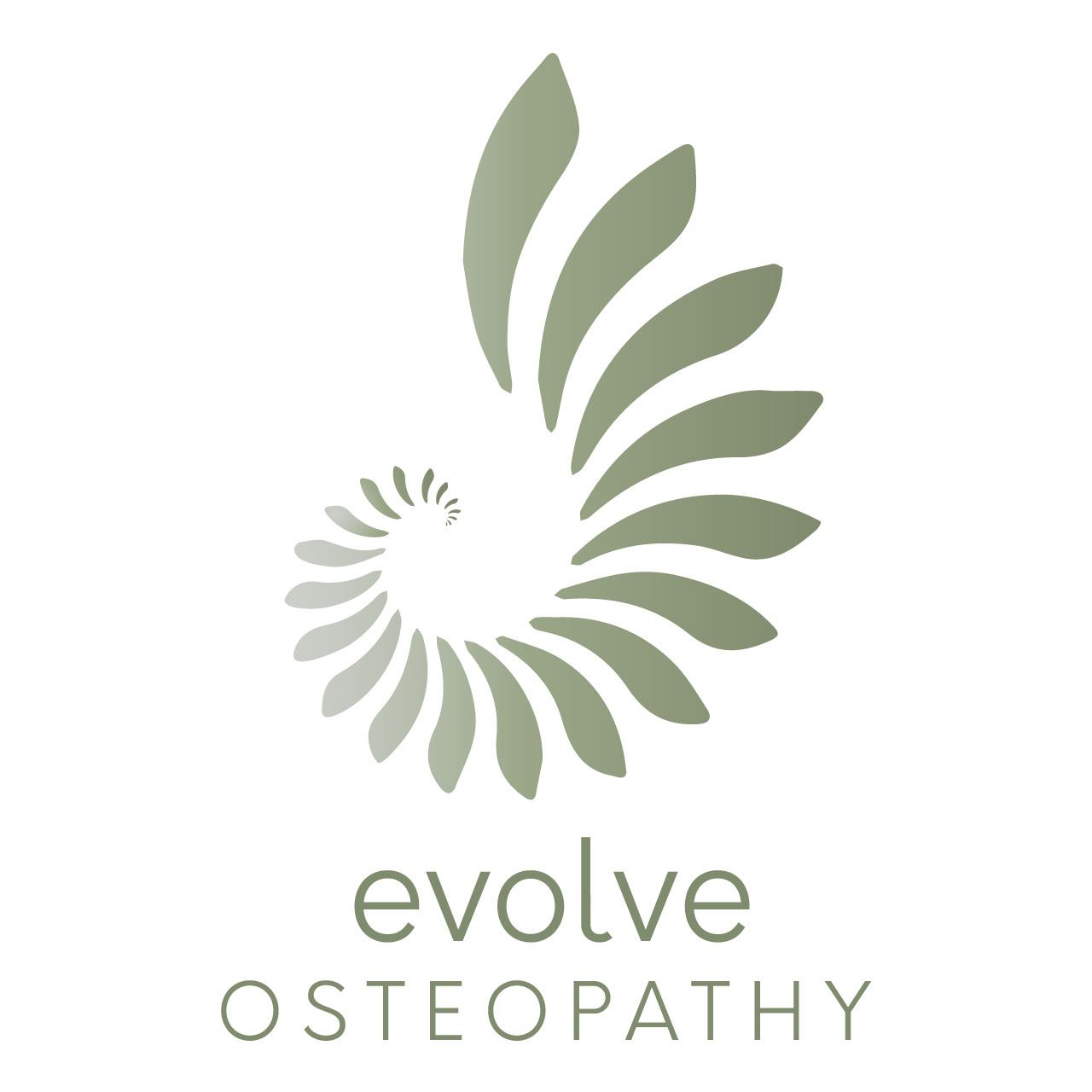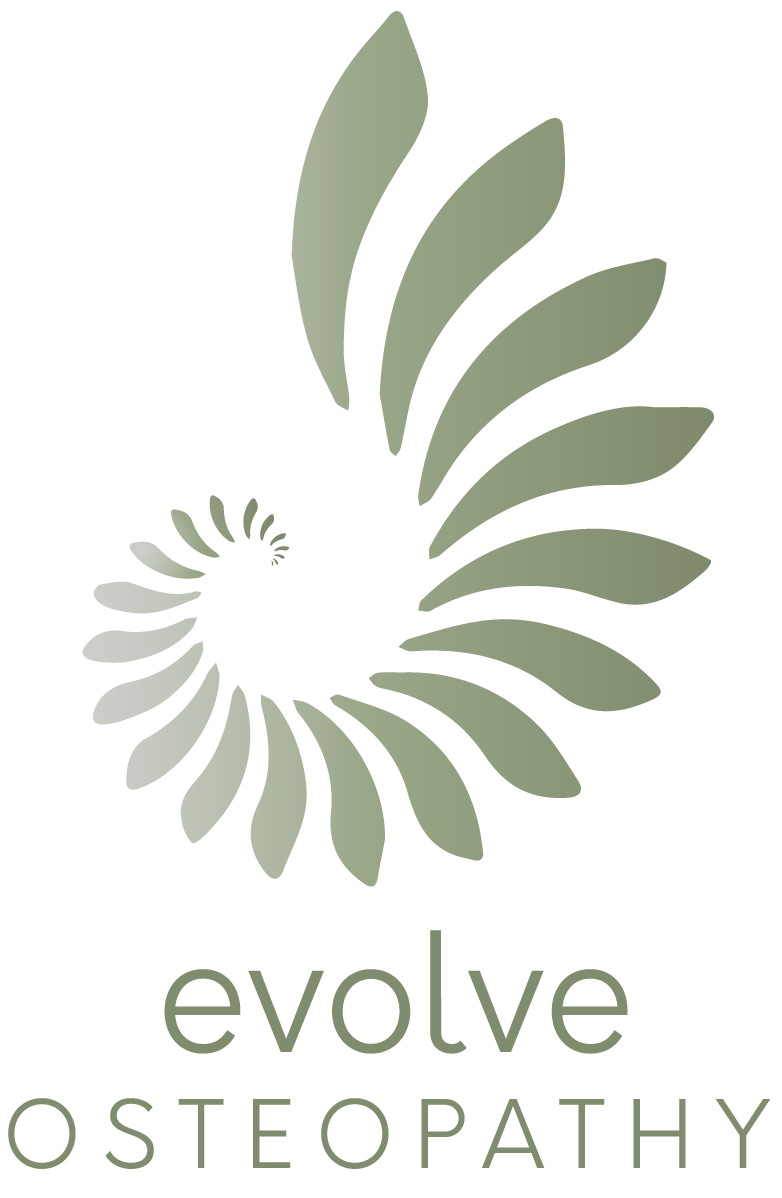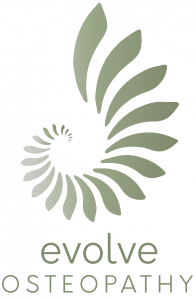Corrective exercise is a specialised form of physical therapy that focuses on identifying and addressing movement dysfunctions and muscular imbalances in the body. It aims to correct these imbalances and improve overall movement patterns, leading to reduced pain, enhanced performance, and improved quality of life. This article will explore the key concepts and benefits of corrective exercise, as well as provide best practices for successfully implementing it into a fitness or rehabilitation program.
Understanding Corrective Exercise: Key Concepts and Benefits
Corrective exercise is based on the principle that many common musculoskeletal problems, such as back pain, knee pain, and shoulder injuries, can be attributed to faulty movement patterns and improper muscle activation. By assessing these patterns and identifying any imbalances, a corrective exercise specialist can design a targeted program to address these issues. This involves a variety of exercises and techniques that aim to correct muscle imbalances, improve posture, enhance joint stability, and restore proper movement mechanics.
One of the key benefits of corrective exercise is pain reduction. By identifying and addressing the root cause of pain, rather than just treating the symptoms, individuals can experience long-term relief. Corrective exercise also helps to prevent future injuries by improving stability and reducing the risk of compensatory movements. Additionally, this form of exercise can enhance overall performance by optimising movement efficiency and maximising muscle activation. Whether you are an athlete looking to improve your game or someone seeking relief from chronic pain, corrective exercise can be a valuable tool.
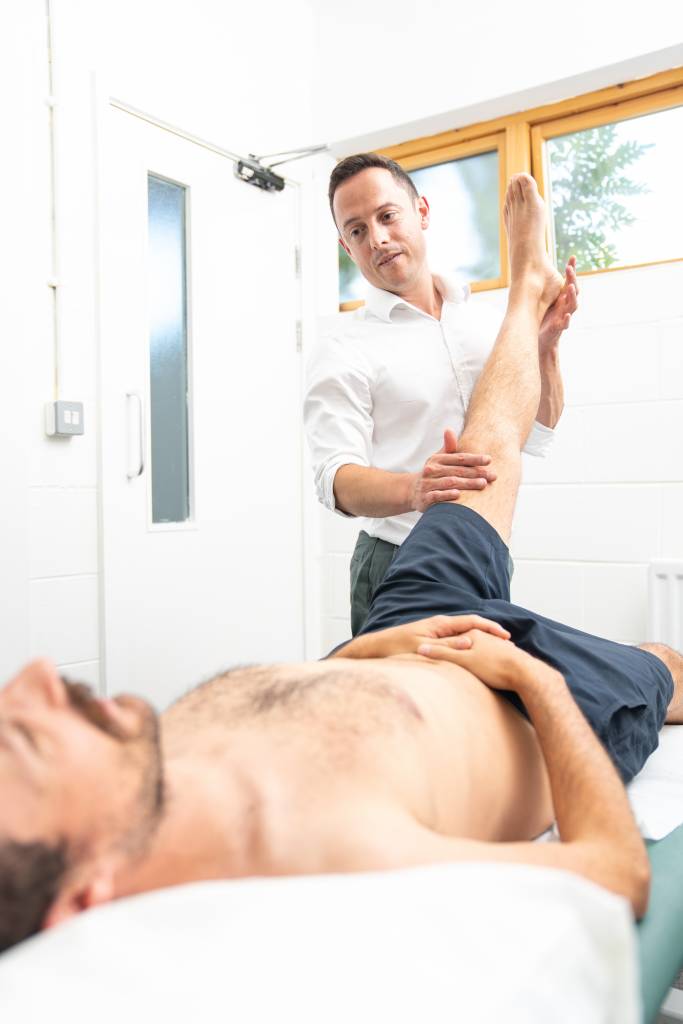
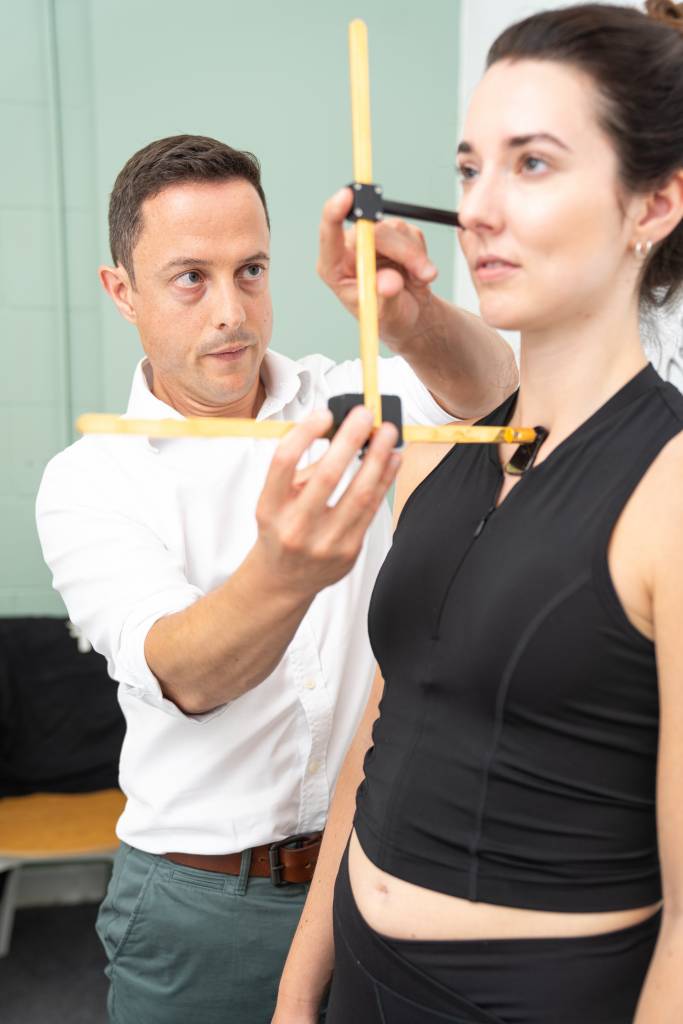

Implementing Corrective Exercise: Best Practices for Success
Successful implementation of corrective exercise requires a comprehensive assessment of an individual’s movement patterns and imbalances. This assessment can include a variety of tests, such as functional movement screens, postural analysis, and muscle length and strength assessments. Gathering this information is crucial in order to design a tailored program that specifically addresses each individual’s unique needs.
Once the assessment is complete, it is important to prioritise the most significant dysfunctions and imbalances. This allows for a targeted approach that focuses on the most important areas first. Corrective exercises should be performed with proper form and technique, emphasising control and quality of movement over quantity. It is also essential to progress the exercises gradually, ensuring that the body can adapt to the new movement patterns and that improvements are sustained over time.
Corrective exercise is a powerful tool that can help individuals improve their movement patterns, reduce pain, and enhance performance. By addressing movement dysfunctions and muscular imbalances, it provides long-term relief and reduces the risk of future injuries. Implementing corrective exercise requires a thorough assessment of an individual’s unique needs, followed by a targeted program that gradually progresses over time. Whether you are recovering from an injury or looking to optimise your movement, incorporating corrective exercise into your fitness or rehabilitation program can lead to significant benefits and improved quality of life.
